Truth (Satyam) is God (Shiva) and God (Shiva) is Beautiful (Sundaram).Beauty of God in Truth, the Beauty of Shiva, the Ultimate Truth of Realization, the Most Gracious among the Graceful!To Him I bow, Who is born of none, Who is God of Gods, Who is giver of boons, Who is the conqueror of death, Who was, is and shall be even after eternity, Who is in me and I in Him. He's my very own, my Super self!
Lord Shiva and Devi Ganga
Lord Shiva in lotus position
Lord Shiva meditating
The 12 Jyotir-Lingams
Lord Shiva in meditation
The 12 Jyotir Lingams
Om Namah Shivaya
Om Namah Shivaya, Om Namah Shivaya / Om Namah Shivaya, Om Namah Shivaya
Now I bow to Shiva with love and respect / I invoke him with this slogan so I’m open to
connect / with devotion cuz I’m knowin that he’s always in effect / in deep meditation
with a snake around his neck / he’s the husband of Parvati Maha Shakti / & he rides
a white bull the vehicle Nandi / he’s Ganapati’s father mister Mahadev / and the Ganges
flow down from the crown of his head /a crescent moon rests right next to his dreads
he’s the god of the dead covered in ash / with a smile on his face his compassion is vast
living in a place called Mount Kailash /in the Himalayan kingdom known as his home
& in the shape of a lingam he’s a rolling stone / to the king of all yogis Shankara
Shambo / Om Namah Shivaya, Shivaya Namah Om
Om Namah Shivaya, Om Namah Shivaya / Om Namah Shivaya, Om Namah Shivaya
To Shiva Shankar, the yoga master / known as Nataraja the cosmic dancer
lord of destruction, god of disaster / and if you don’t invite him he’s the of party crasher
to the old school mystic, who’s non dualistic / Shiva guides my mind so that I can shift it
away from a place that’s materialistic / into a space that’s more holistic / magnetic ascetic
you make the soul shine / you awaken the snake at the base of the spine / third eye wide
open in a yoga pose / you show us how to focus so the lotus unfolds / in deep
concentration with breath control / returning to the source now we feel the force flow
when the Jiva meets Shiva opposites become whole /
Om Namah Shivaya Shivaya Namah Om
Om Namah Shivaya, Om Namah Shivaya / Om Namah Shivaya, Om Namah Shivaya
Om Namah Shivaya the flames get higher / as the corpse gets burned on the funeral pyre
the soul never dies so it won’t expire / when it’s time to die just take off this attire
exhale to let go of the ego’s desire / let your soul be inspired to shine even brighter
like Shiva Nataraja the one that I admire / dancing on a demon in a burning ring of fire
Mahadev it’s been said that your pure auspiciousness /and your known as Truth Bliss
& Consciousness, /creating, devastating and always transformation / you save the whole
world when you swallowed up the poison / destroying bad habits ignorance, and greed
practicing detachment, compassion, and peace / to the king of all yogi’s we offer these
prayers / to the lord of meditation living in the Himalayas
Om Namah Shivaya, Om Namah Shivaya / Om Namah Shivaya, Om Namah Shivaya









 Wherever
Lord Krishna is there Lord Shiva also dwells and wherever Mahadev Shambhu
is there Sri Hari also dwells.
Wherever
Lord Krishna is there Lord Shiva also dwells and wherever Mahadev Shambhu
is there Sri Hari also dwells.



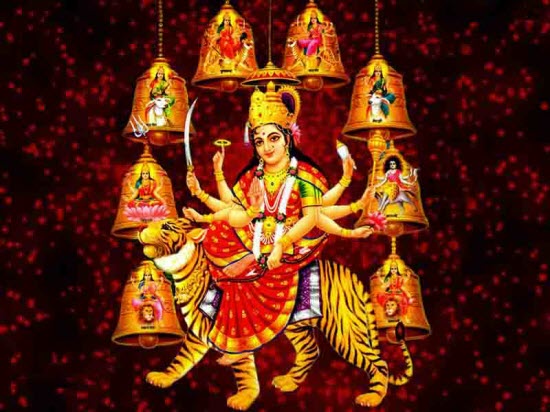
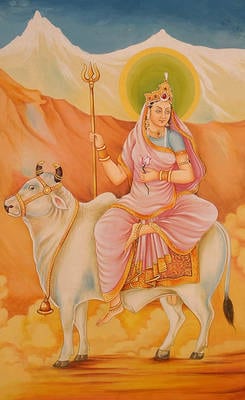
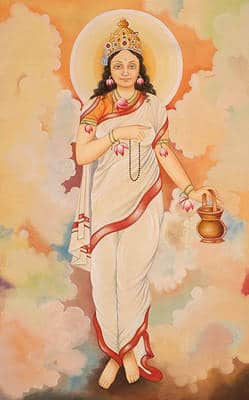
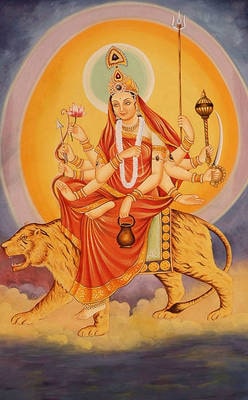
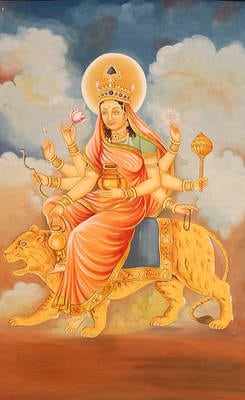
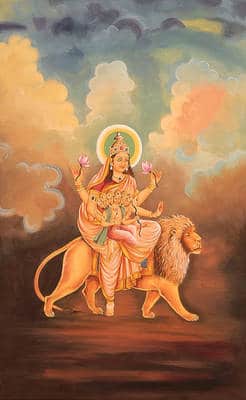
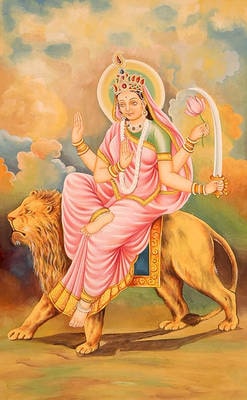
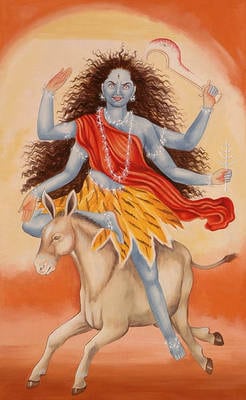
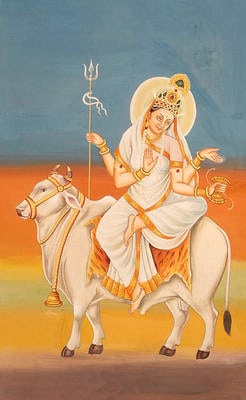
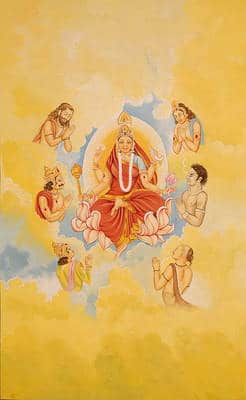

 RAVAN RACHIT SHIV TRANDAV
RAVAN RACHIT SHIV TRANDAV 

